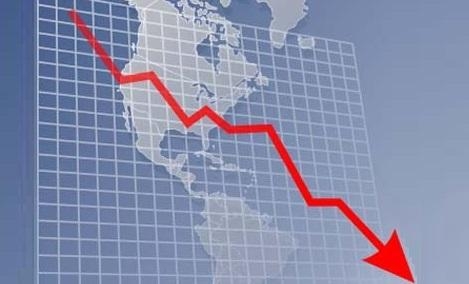Economy

ABI Construction Score Plummets in April
Written by Sandy Williams
May 21, 2020
Demand for design services at architectural firms plummeted in April, dragging the Architecture Billings Index down to 29.5 and its lowest level in the history of the index, said the American Institute of Architects. The ABI follows March’s record decline of 20.1 points to 33.3.
New project inquiries and design contract indices also declined significantly, said AIA, falling to scores of 28.4 and 27.6, respectively.
“With the dramatic deceleration that we have seen in the economy since mid-March, it’s not surprising that businesses and households are waiting for signs of stability before proceeding with new facilities,” said AIA Chief Economist Kermit Baker. “Once business activity resumes, demand for design services should pick up fairly quickly. Unfortunately, the precipitous drop in demand for design services will have lasting consequences for some firms.”
The ABI is considered a leading economic indicator of construction activity and reflects the approximate 9-12 month lead time between architecture billings and construction spending.
Firms in the Northeast saw business conditions weaken the most in April as construction in some areas paused for the entire month. Nearly all firms (97 percent) reported that at least some of their projects were negatively affected by the COVID-19 pandemic.
Key ABI figures for April include:
- Regional averages: West (38.1); Midwest (31.2); South (31.1); Northeast (23.0)
- Sector index breakdown: institutional (36.1); multi-family residential (30.3); mixed practice (29.0); commercial/industrial (27.8)
- Project inquiries index: 28.4
- Design contracts index: 27.6
The regional and sector categories are calculated as a three-month moving average, whereas the national index, design contracts and inquiries are monthly numbers.
Comments by survey participants include:
- “With parallel collapses in the oil and gas industry in our state, we expect that economic conditions will deteriorate, and that the outlook for the AEC sector is stable through 2020, but grim for 2021.”—62-person firm in the South, mixed specialization
- “The state of California is putting the clamps on capital spending, including studies and budget packages, to conserve dollars for COVID-19. Next year’s budget will likely have less dollars for capital spending.”—160-person firm in the West, institutional specialization
- “The pandemic hit at a bad time for design–just as projects were gearing up to enter the construction phase with the spring weather, and as that weather typically spurs new projects to sign on.”—2-person firm in the Northeast, commercial/industrial specialization
- “Our existing projects mostly continue, but we expect billings to start going down this month, and late this year and into 2021 looks bad.”—31-person firm in the Midwest, institutional specialization

Sandy Williams
Read more from Sandy WilliamsLatest in Economy

New York state manufacturing index drops again in April
Firms were pessimistic, with the future general business conditions index falling to its second lowest reading in the more than 20-year history of the survey

Construction adds 13,000 jobs in March
The construction sector added 13,000 jobs, seasonally adjusted, in March, but tariffs could undermine the industry.

Supply chains, end-users brace for impact from tariffs
Supply chains are working through what the tariffs mean for them

ISM: Manufacturing expansion loses steam after two months of growth
US manufacturing activity slowed in March after two straight months of expansion, according to supply executives contributing to the Institute for Supply Management (ISM)’s latest report.

Chicago Business Barometer rose to 16-month high in March
The Chicago Business Barometer increased for the third-consecutive month in March. Despite this, it still reflects contracting business conditions, as it has since December 2023.
